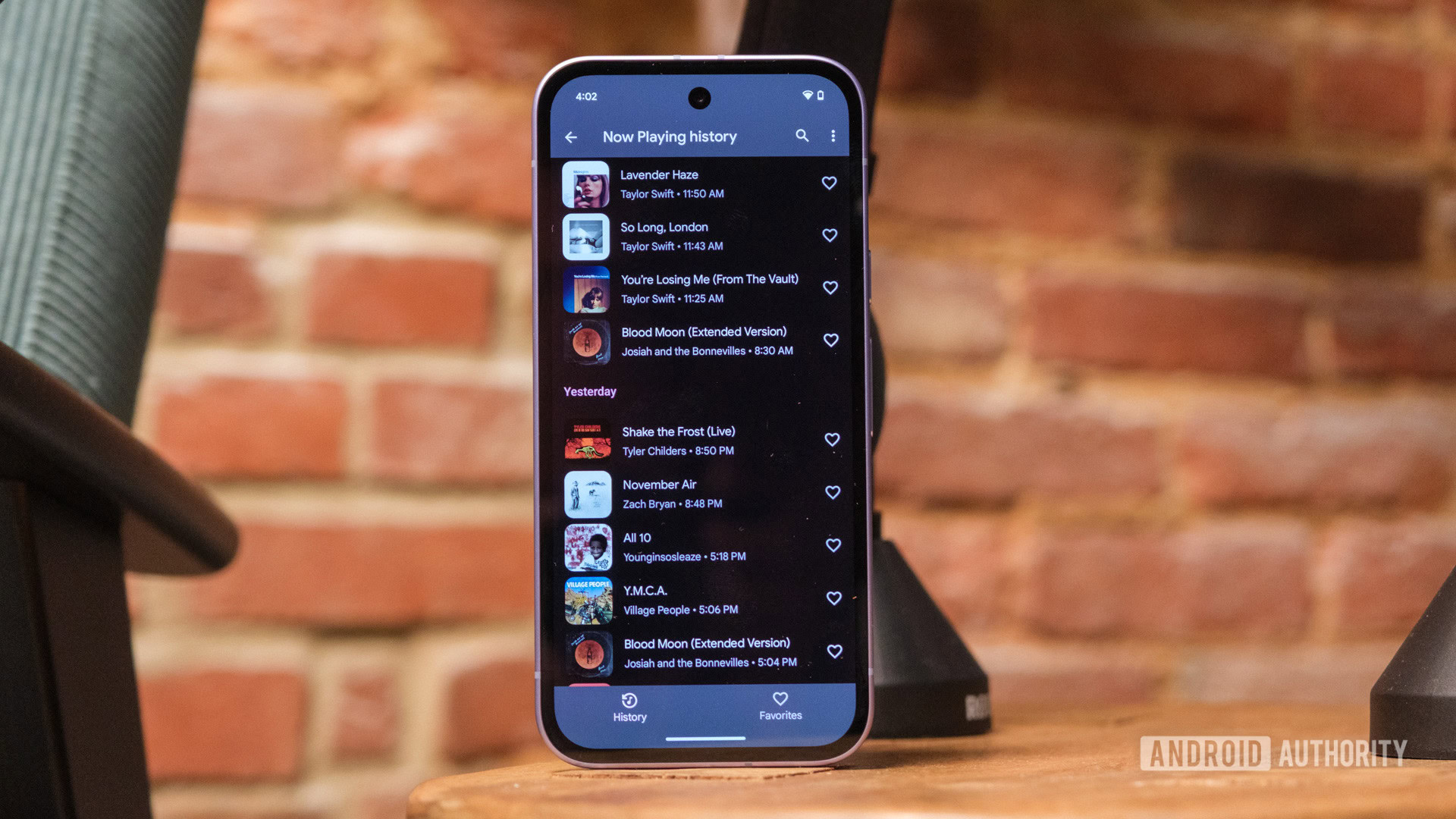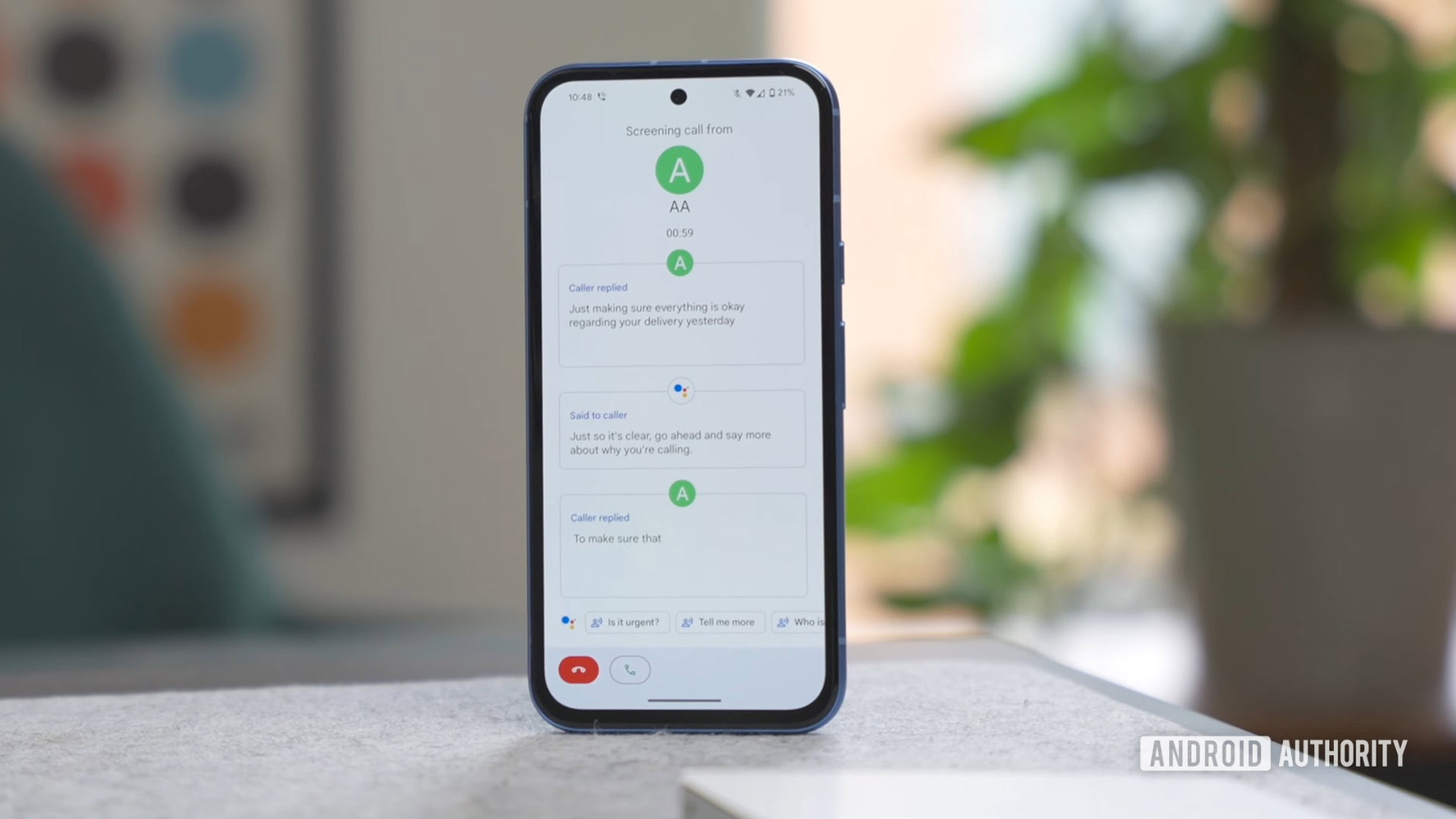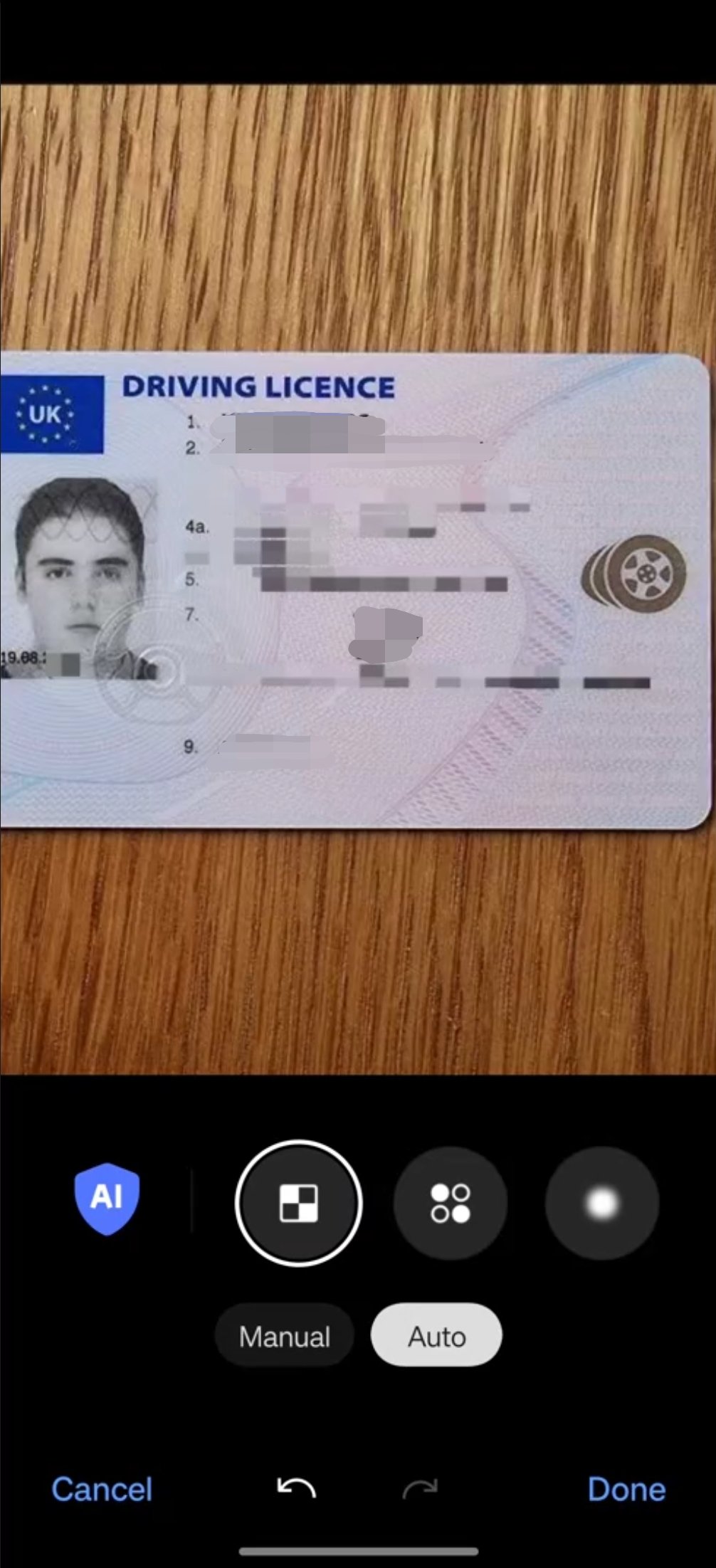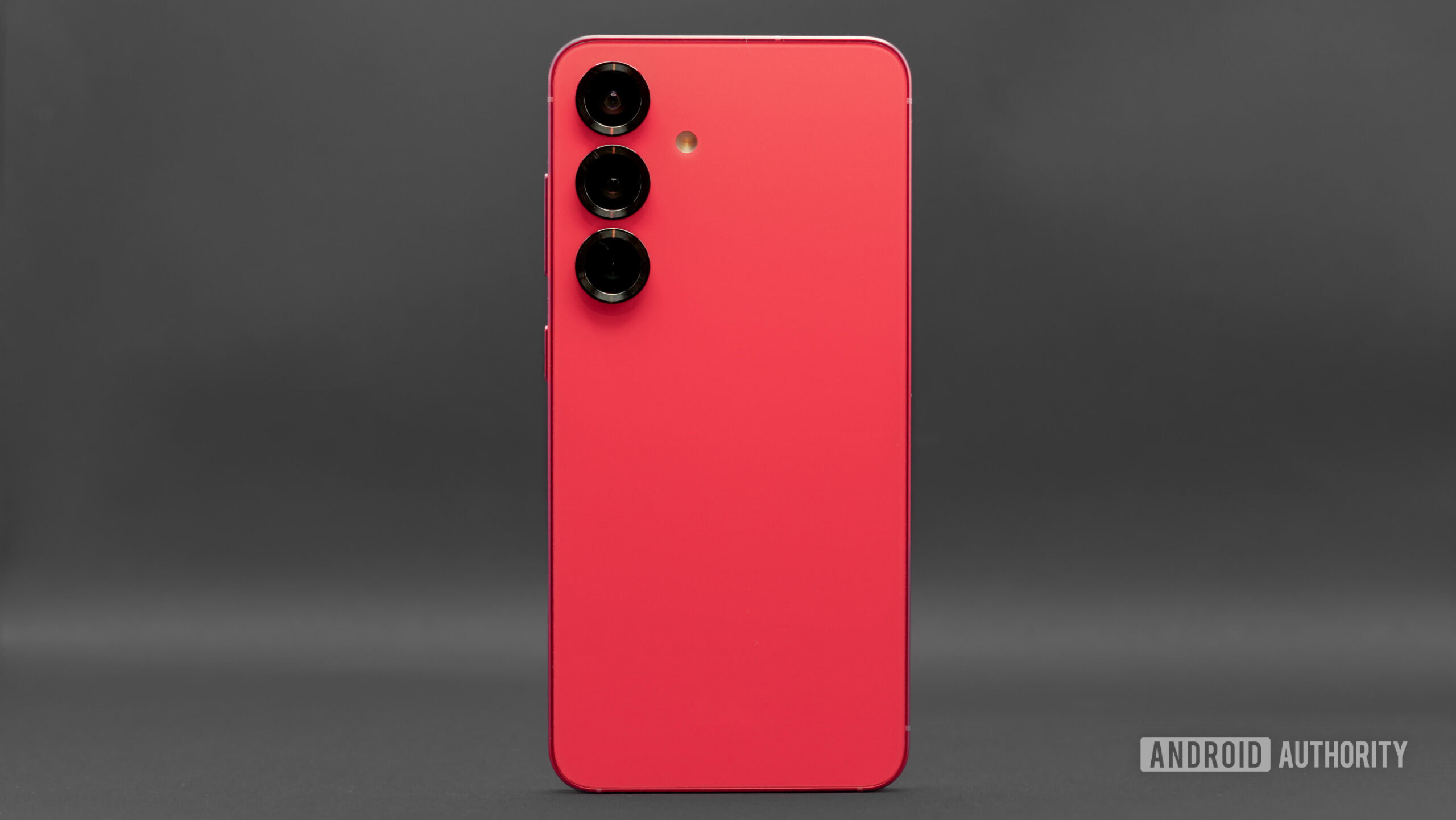
C. Scott Brown / Android Authority
One UI has been with us for six years now, and it’s easily the best Android skin Samsung has made. One UI is smoother, more reliable, and easier to use than Samsung Experience or TouchWiz, the skins that preceded it. Aside from a blip with One UI 7, it’s been updated quicker than ever, often beating other Android skins.
The features One UI delivers have made it my favorite flavor of Android since I first used it on my Galaxy S10 Plus, but there are still things I’d like to change. Motorola, OnePlus, and others have added exciting features to their Android skins, and I’d love to see some of them adopted by Samsung in the next version of One UI.
Which of these featurs would you like to see most on Samsung phones?
24 votes
Motorola: Intuitive gestures
It’s hard to believe it’s been twelve years since the original Moto X hit shelves. That phone, along with the Moto G, shaped Motorola’s future over the following decade, and one of the best things it introduced is what the company now calls Kinetic Gestures. The ones I want most are the two that started it all — Fast Torch and Quick Capture.
On a Motorola phone, performing a double karate chop toggles the torch on or off, something that’s incredibly useful when you’re fumbling with keys in the dark and need to add some light to the situation. I use this a lot on my 2023 Razr Plus, where this gesture is much faster than unlocking the phone and swiping through quick settings.
Quick Capture opens the camera or switches between the front and rear lenses if the camera is already open. This gesture requires a double flick of the wrist, and once you get used to it, it’s the easiest way of quickly launching the camera so you don’t miss an important shot.
Motorola: Easy customisation
One UI has plenty of theming options, more than Motorola does, but it’s all split across too many different menus and apps. Theming icons is in Theme Park, fonts are in the settings menu, and the Material You colors are in a menu accessed from the home screen. It’s even worse on Samsung’s Z Flip series, where all of the options for the cover screen are spread across even more menus. It adds too much friction to customising your Samsung phone.
Motorola has gone about things in a simple, thoughtful way. All of the options for themes, icons, fonts, home screen grid sizes, and the cover screen are in a single place. Long-press the home screen, open the personalise menu, and there are all of the options you could ever need. Sure, I miss some of the more advanced tweaks from One UI, but Motorola’s approach of listing everything together is more approachable for users.
Pixel: Now Playing

Ryan Haines / Android Authority
Now Playing is one of those small features that you don’t think about until you use a phone that doesn’t have it. I used a Pixel 9 Pro as my daily phone recently, the longest I’d used a Pixel since I owned a 3XL, and it reminded me how many subtle quality of life features you get on Pixels. Knowing what song is playing in the background wherever I am, without having to ask my phone to do it, is more convenient than the alternative.
The Now Playing history is great, too. I’ve planned to listen to a song that I’ve heard and searched for when out and about, only to forget what the song was by the time I get home. Now Playing keeps a history of the songs it hears, so I don’t have to rely on my memory.
Pixel: Call Screening

Andy Walker / Android Authority
Pixel 8a
Call Screening debuted on the Pixel 3 in 2018, but I never got to experience it as it didn’t come to the UK until 2021. When I used it with the Pixel 9 Pro recently, I couldn’t believe how much better it is than Samsung’s alternative. Samsung’s Call Assist can do the basics of screening calls, transcribing the conversation, and live translation. But it’s the extras that Google has added to Call Screening over the years that Samsung can’t keep up with.
Call Screening on Pixels can wait on hold for you and notify you when the person you’re calling comes back, tell you how long the average wait time is for a call to a business, and even map and label phone tree options. Samsung is off to a good start with Call Assist, but there’s a lot more work to be done.
OnePlus: Screenshot pixelation

Zac Kew-Denniss / Android Authority
I take a lot of screenshots in this line of work, and I often need to censor things like my email, address, and other personal information. One UI does have a blur and pixelation tool in the gallery, but it’s a manual process that can be quite messy if you don’t have an S Pen to make things easier. OnePlus and Oppo devices have an AI-powered auto mode that applies a neat blur to what it identifies as sensitive information.
It isn’t perfect. In the example above, I had to censor two elements that it missed manually, but that was much less painful than having to do the whole thing myself, and features like this will only improve with updates.
OnePlus: Open Canvas
OnePlus debuted Open Canvas on the OnePlus Open, and since then, it’s come to many of the company’s devices. It’s a new approach to window management on mobile that is more intuitive and makes the most use out of the space available on a screen. Before OnePlus introduced this, One UI had my favorite multitasking system, but Open Canvas blows it out of the water.
Google has taken some inspiration from Open Canvas, adding a 90:10 split to multi-window that you can try in One UI 8 on the Fold 7, Flip 7, Flip FE, and the S25 series running the beta. It’s an improvement, but still doesn’t come close to what OnePlus is doing, and I’d love to try Open Canvas on a big screen, like my Galaxy Tab S10 Plus.
One UI 9 needs to impress

Zac Kew-Denniss / Android Authority
One UI 8 feels like a stop-gap update. One UI 7 made a lot of big changes to Samsung software, most of which were welcome, but the delayed and fragmented update rollout left a bitter taste. One UI 8 is shaping up to have a much smoother release, but there’s almost nothing new here to be excited about. It feels like One UI 8 received only minimal changes so that Samsung could push it out the door quickly and act as damage control for last year.
One UI 9, whenever we see it, needs to give us something to be excited about, and looking to other OEM skins for inspiration, drawing on what Motorola, Google, and OnePlus users love about their phones, would be a good place to start.
